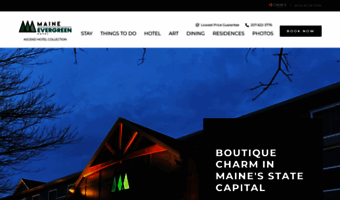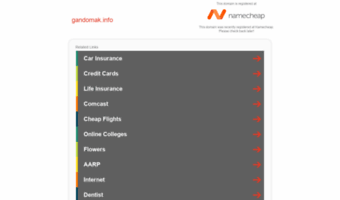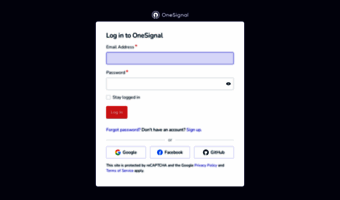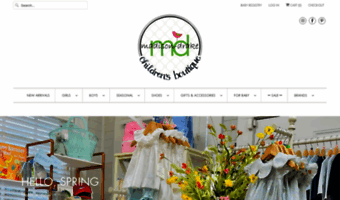“I’m a firm believer in the notion that editorial judgment augments automated search. It makes all the difference between curation and aggregation strategies, and readers can tell.”
Michael Kolowich
We have been thinking a lot about how we connect with our clients, what content we create and curate, and how we share it. It seemed such an easy task at first - we haven’t considered we would need to create a special strategy for this sort of things.
Social media and communication should be fun, why bother, but we have to admit, having made some mistakes, you should bother, although content curation can still be fun.
What is content curation and why bother?
Content curation basically includes monitoring news outlets, mass media, social media, blogs or other information resources to select and share the most valuable information with your followers, customers or subscribers.
When they say that technology must give 'unlimited possibilities' to everyone, they never explain how normal people should be dealing with all that ever-growing ocean of user-generated content of all sorts and keep themselves sane (just think about this single fact: 300 hours of video are uploaded to YouTube every minute!).
It leads to a higher competition between content producers, and also a higher role of content curators who are in charge of helping people to get only the best content out of everything we can find online, including audio podcasts, youtube videos, various blogs and posts in social networks.
You may need to include content curation into your content marketing strategy when you want to:
- Build better connection with your customers and get better engagement
- Save time from creating duplicate content
- Build important links with other professionals
- Become an authority in your industry

A simplified guide to content curation for everyone
It usually takes 3 steps to curate content:
Step #1: Content Exploration
This stage takes the lion share of the time you will spend curating content: your task is to search for the best content to deliver to your subscribers. Usually, you have to look through endless dozens of resources till you find truly valuable content.
To be effective without spending day and night browsing and scrolling, you’d better set the time limit from start as well as limit the number of sources you will need to look through: something between 20 and 30 sources is more than enough to cover all topical and valuable content.
It is a must do for any content curator to build their own basic list of writers, bloggers, websites, and just outstanding people to follow in the same business area.
We at Feedreader can share a bit of our personal experience: using RSS subscriptions helps us to monitor major news feeds and marketing blogs, also we use Twitter and Facebook to follow influential people in our area of interests.
How do you select the sources?
- Identify your target audience
- Understand what your and your audience's key values are
- Define what message you want to send to your audience
- Look for the sources (sites or online influencers) which share the same values and help you deliver your message.
The next task is to choose the info to make a connection with your customers and improve communication with them. A selected story should be meaningful and unique - that’s why people are following someone: they come to get exclusive and powerful content. Nobody wants to look through the same replicated info 10 times a day, but for you, as a content curator, that’s part of the job.
The process of exploration means digging deeper than other people normally would as the most precious things usually lie below the surface: it would be really great if you could find some secret sources of yours - resources or people that are not yet popular but provide trustworthy and high-quality stories (tips, insights, or whatever you call it).
If you are specific about what you are creating and sharing, people would wait for your meaningful posts instead of just briefly scrolling through them. It will make you feel confident that the handpicked content you are sharing stands out from mediocre and duplicate.
While exploring you should pick up the best articles out there, preferably, make a list of them to revise it later. You may use Pocket or Evernote for this purpose (by the way, Pocket has great ‘recommended content’ feature) and then you choose the best of those great articles you have already chosen, to share with your audience.
Step #2: Reading
You should accept, and always remember, that if you share a piece of information under your brand’s identity, people will associate you with it (and vice versa) and probably believe in it just because they trust/like your brand or company (so the responsibility is very high).
If a story you share is fake or dull, then it will cast a shadow over your brand making it look fake and dull too.
That's why it is something more than just an obvious and a must-do thing - it means putting your signature under the story you share, giving it your brand’s vote of recommendation, so there is no room for failure.
Sharing something you haven’t rigorously read, is insane, like opening Pandora's box - it might screw up your brand’s reputation at a time!
Great content curation includes participation: if you read the info and take responsibility for what you are posting, people will confide in you and respect you for that.
Step #3: Sharing
Seemingly easy, this stage is vital: the way how you share it will impact the final users’ reaction to the post. It should be personified and include a catchy annotation with your experience and emotions: your attribution must explain why you paid attention to the content and why it deserves your customers’ attention.
Is it valuable, is it funny, is it unique? In case you partially disagree with the original source, make it clear in your post - highlight the ideas that appeal to you and your brand (and also those you disagree with).
Ask questions, answer the comments, let your posts become an opportunity for users to express their thoughts. Gradually you will find the way to talk to your audience creating and curating impactful content that encourages dialogue.
You can use scheduling software like Hootsuite, Buffer or other post planners to customize your social media content.
If you have something to add, or if you are interested in more posts about content curation tips and insights, leave your comments here and we will dig deeper.












